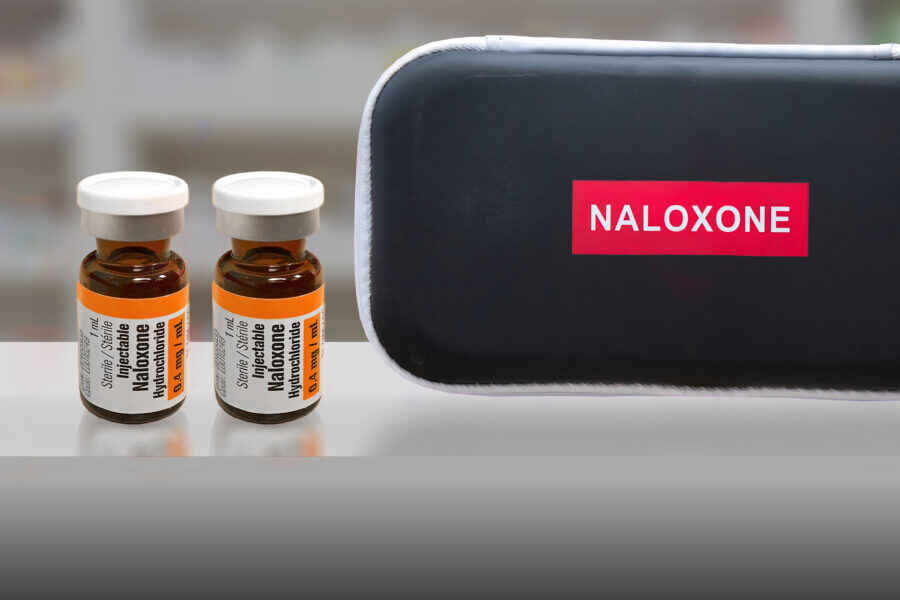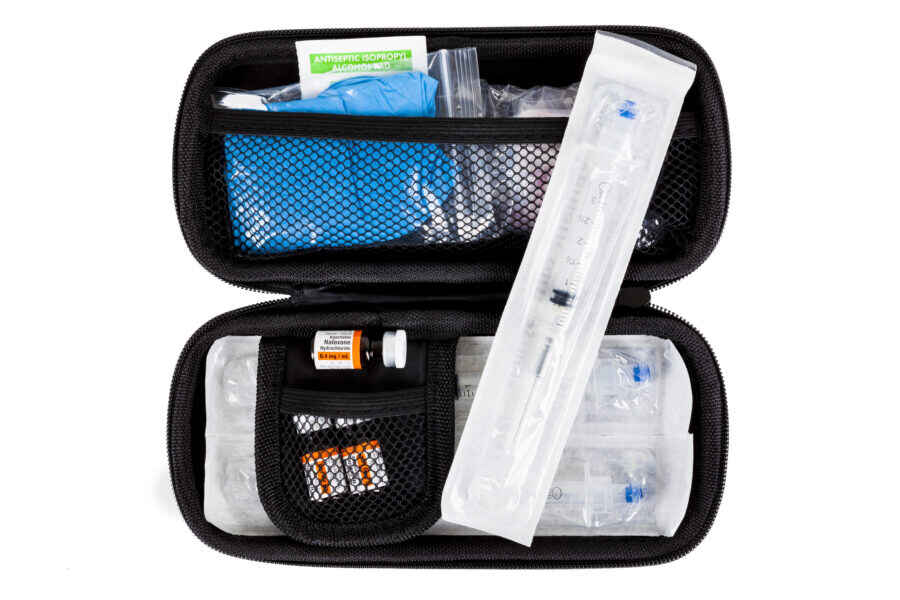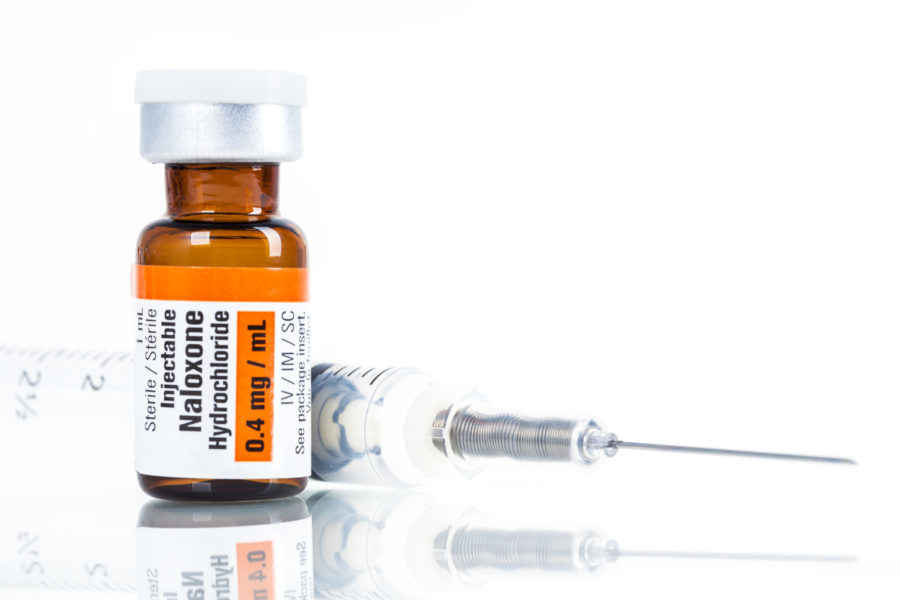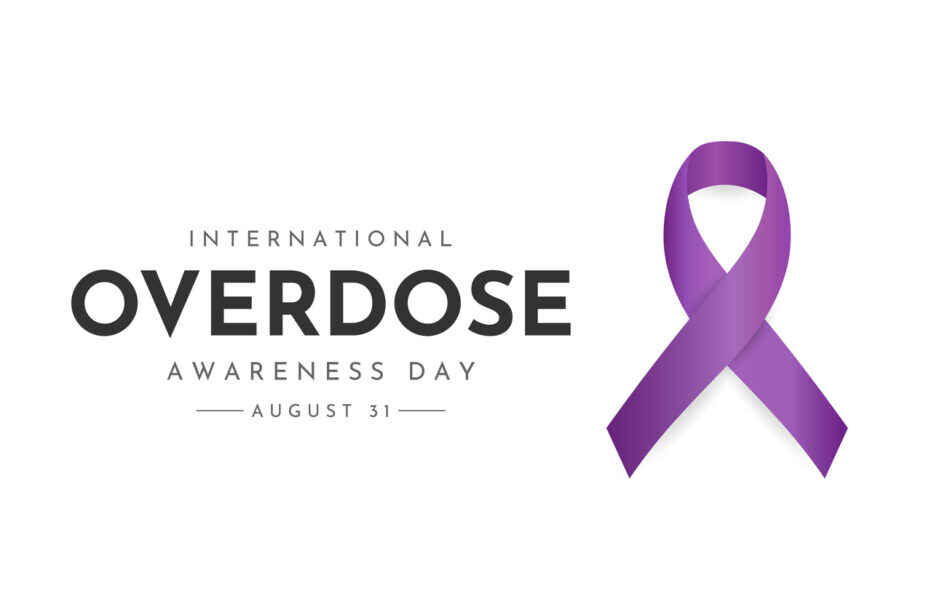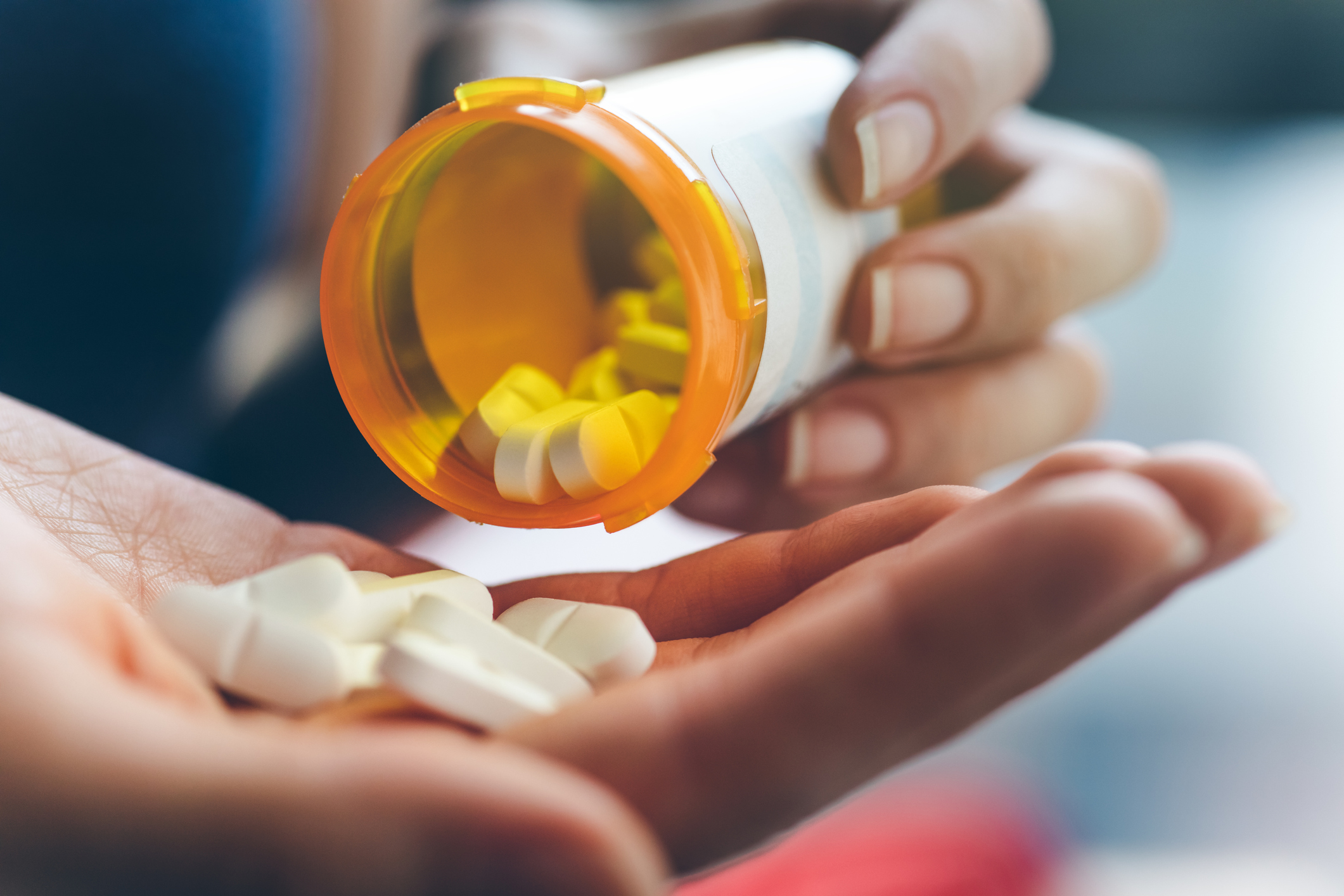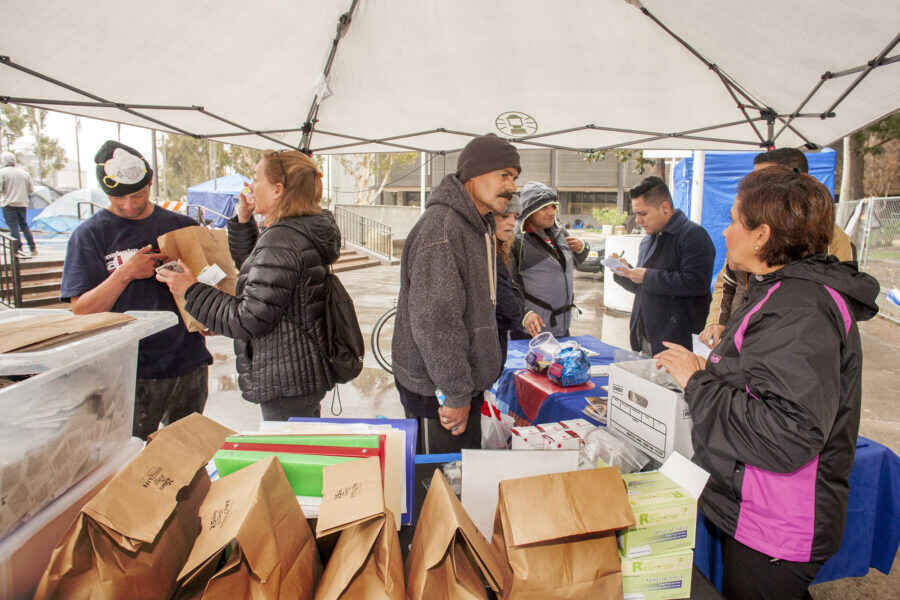Amy Judd Lieberman, J.D., serves as Senior Attorney, Harm Reduction Legal Project. Before joining the Network, Amy worked briefly in litigation after a fellowship with the National Health Law Program (NHeLP) working on critical issues related to the opioid epidemic and promoting harm reduction practices, specifically in the communities served by Medicaid and Medi-cal. While in law school, she was the president of the Law Students for Sensible Drug Policy chapter, spearheading efforts to educate law students and the community on humane drug policy and harm reduction. She was also an advocate on the Jessup International Moot Court team and a research editor for the UC Irvine Law Review, and she received awards for her pro bono work and her work in the International Justice Clinic, supporting the mandate of the United Nations Special Rapporteur on the promotion and protection of the right to freedom of opinion and expression. Amy received her B.F.A from New York University and her J.D. from the University of California, Irvine School of Law. She is barred in California and the United States District Court for the Central District of California.


